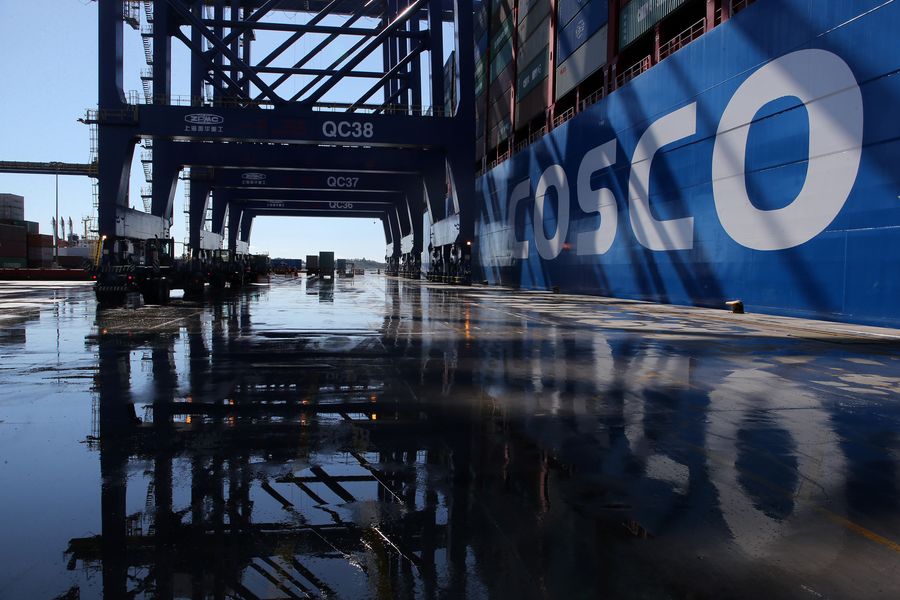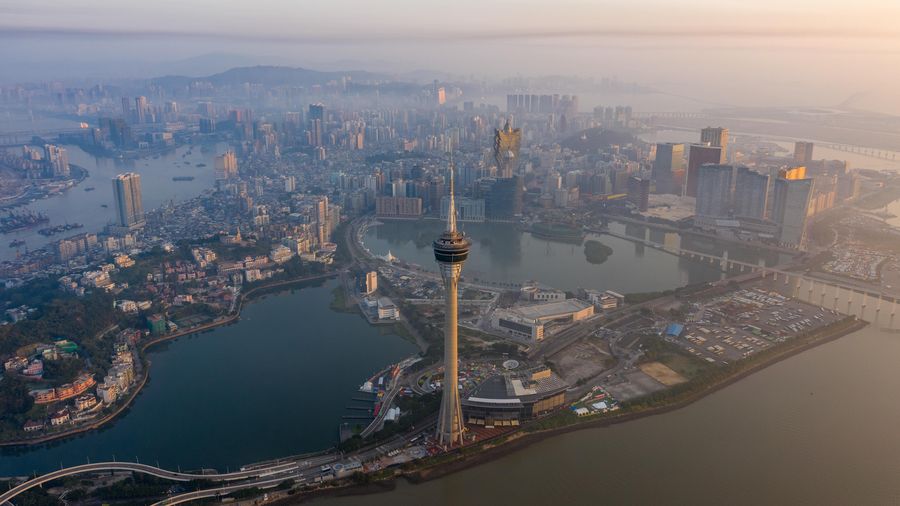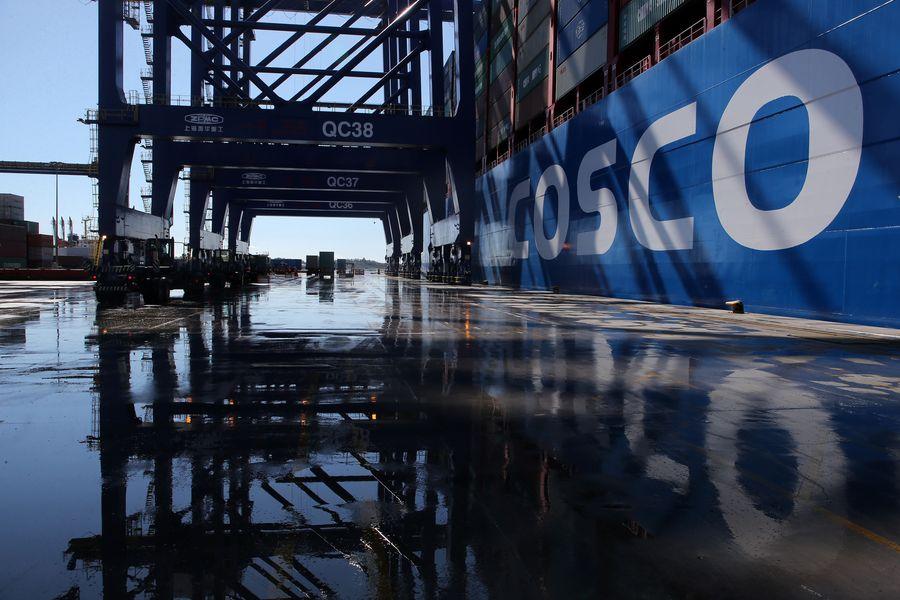-- What is the BRI?
BRI is short for China-proposed Belt and Road Initiative. "B" is the first letter of Belt, referring to Silk Road Economic Belt, "R" is the first letter of Road, referring to the 21st Century Maritime Silk Road; "I" is the first letter of Initiative.
The BRI comprises a Silk Road Economic Belt – a trans-continental passage that links China with south east Asia, south Asia, Central Asia, Russia and Europe by land – and a 21st century Maritime Silk Road, a sea route connecting China’s coastal regions with south east and south Asia, the South Pacific, the Middle East and Eastern Africa, all the way to Europe.
BRI is an inspiration from the concept of the Silk Road established during the Han Dynasty 2,000 years ago – an ancient network of trade routes that connected China to the Mediterranean via Eurasia for centuries.The aim of BRI is to connect Asia with Africa and Europe via land and maritime networks along six corridors.It is a massive new trade corridor project, which has also been referred to as the New Silk Road.
The Chinese expression of BRI is:
-- About the Silk Road Economic Belt
The Silk Road Economic Belt is a long-term vision for the infrastructural development, connectivity and economic cooperation of Eurasia. It is considered the longest economic corridor in the world -- and potentially the most dynamic -- connecting the Asia-Pacific region in the East with developed European economies in the West.
The six major economic corridors usually refer to the New Eurasian Land Bridge, the China-Mongolia-Russia Economic Corridor (CMREC), the China-Pakistan Economic Corridor (CPEC), the China-Central and Western Asia Economic Corridor, the China-Indochina Peninsula Economic Corridor, the Bangladesh-China-India-Myanmar Economic Corridor (BCIMEC).
-- About 21st Century Maritime Silk Road
Starting with the launch of individual projects that are expected to help spur a wider range of cooperative activities, the 21st Century Maritime Silk Road envisions a network of interconnected markets linking the ASEAN, South Asia, West Asia, North Africa, and Europe, and a strategic partnership for the South China Sea and the Pacific and Indian oceans.
 China's COSCO Shipping Taurus docks at Piraeus port, Greece, Feb. 26, 2018. (Xinhua/Marios Lolos)
China's COSCO Shipping Taurus docks at Piraeus port, Greece, Feb. 26, 2018. (Xinhua/Marios Lolos)
Three "blue economic passages" have been outlined in a document published in June 2017 by the National Development and Reform Commission and the State Oceanic Administration.
-- China-India Ocean-Africa-Mediterranean Sea Blue Economic Passage
The China-Indian Ocean-Africa-Mediterranean Sea blue economic passage, will run westward via the South China Sea to the Indian Ocean, and link with the China-Indochina Peninsula Economic Corridor, and connect with the China-Pakistan, and Bangladesh-China-India-Myanmar economic corridors.
-- China-Oceania-South Pacific Blue Economic Passage
The China-Oceania-South Pacific passage will run southward via the South China Sea into the Pacific Ocean.
 Aerial
photo taken on Nov. 18, 2019 shows the Macao Tower, Sai Van Lake and
Nam Van Lake in south China's Macao. (Xinhua/Cheong Kam Ka)
Aerial
photo taken on Nov. 18, 2019 shows the Macao Tower, Sai Van Lake and
Nam Van Lake in south China's Macao. (Xinhua/Cheong Kam Ka)
-- China-Arctic Ocean-Europe Blue Economic Passage
China-Arctic Ocean-Europe economic passage is also envisioned linking Europe via the Arctic Ocean.
-- The Belt and Road Initiative (BRI) defines five major priorities:
Policy coordination;
Infrastructure connectivity;
Unimpeded trade;
Financial integration;
Connecting people.
The BRI's geographical scope is constantly expanding. So far it covers over 120 countries, accounting for about 65 per cent of the world's population and around one-third of the world's Gross Domestic Product (GDP).




 A single purchase
A single purchase









